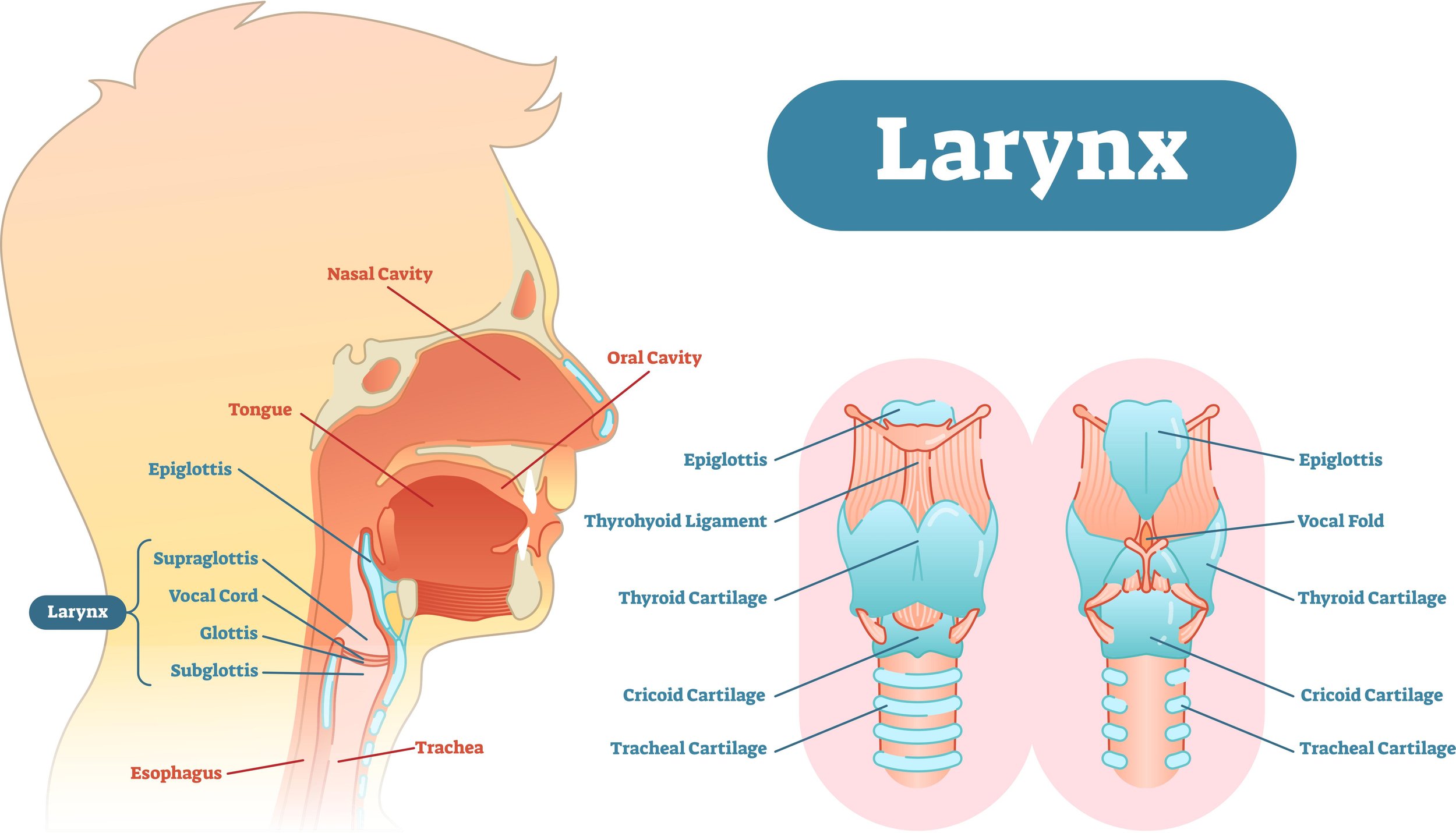How to Master Breathing for Light Vocal Weight in Vocal Feminization
Didn’t think you’d need to learn how to breathe, did you?
Even though breathing is involuntary, life can cause us to pick up some habits along the way that can be detrimental to the voice and vocal feminization.
Below, I’m going to talk about how to use a relaxed breath to ensure a smooth, easy onset and light vocal weight.
Don’t Hold Your Breath!
Often, without thinking about it, some of us hold our breath after we breathe in. This might give us an extra moment to think about what we’re going to say, or might be an indication of tension in the body. You might be anxious or nervous, or it could simply be a habit.
When you hold your breath in your throat, the vocal cords are pressed together so that air won’t escape. When you finally release that breath and start to phonate, the vocal cords are harshly blown apart in what is called a glottal onset. The space in between the vocal cords, which are two bands of tissue, is called the glottis. So that’s why this is called the glottal onset.
This glottal onset can lead to a heavier vocal weight, and a more harsh sound quality.
For vocal feminization, we’re going for a lighter vocal weight, so I’m going to share how you can breathe to avoid this glottal onset.
Breathe in and out through your nose without stopping. Imagine a cycle of air, always in motion.
Notice your stomach and rib cage expand as you breathe in.
Notice your abdominal muscles engage and contract as you breathe out.
Breathe in and pause at the top of your breath, keeping your throat open. Keep your rib cage lifted and your belly expanded for 3 seconds before letting your air release. Remember to keep your posture tall and not let your back curve as you breathe out.
Want to learn more?
Try a lesson!






















